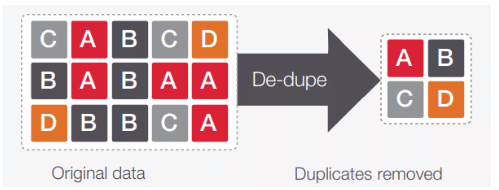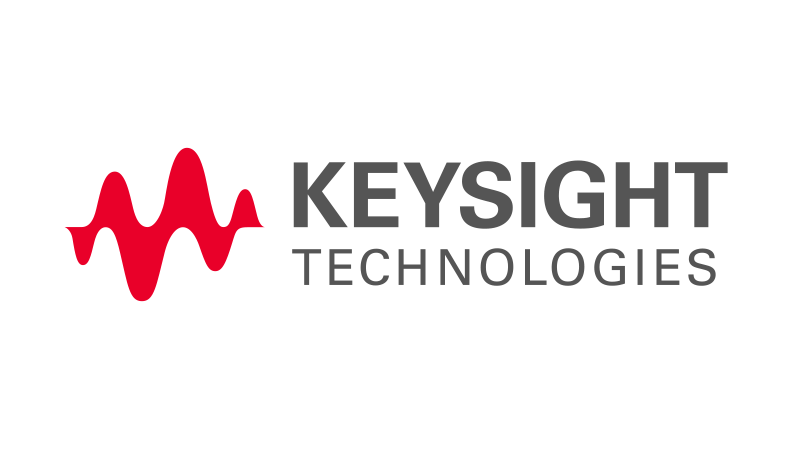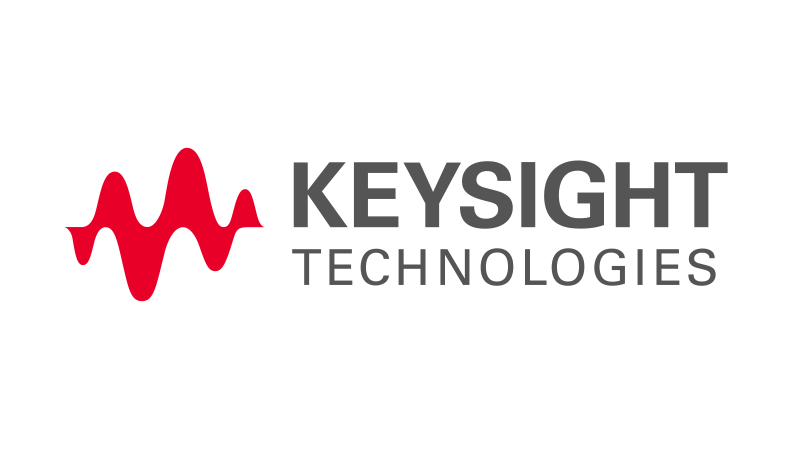By Barb Rigle, senior product marketing manager, Keysight Technologies
IT professionals understand that a network architecture encompasses the entire network typology and environment of an organization. It includes hardware, software, wired, security and monitoring tools, a plethora of wired and wireless, physical and virtual devices, as well as cloud applications.
Mention network visibility architecture, though, and you'll often get questioning looks or reluctant nods. But a network is not complete without an associated visibility architecture as a trusted partner. Think of Visibility Architecture as an Extra Insurance policy, providing a valuable additional layer of security and peace of mind while improving your network performance.
A network visibility architecture includes an access layer using devices such as network taps and SPAN reports to capture raw data flowing into the network. Network packet brokers (NPBs) sit at the control layer providing intelligent data filtering and software capabilities such as load balancing, SSL decryption, data masking, deduplication, and packet trimming. NPBs are like traffic cops in some ways, they make sure the right traffic is sent to the right tool at the right time. The monitoring layer includes network monitoring and security tools, companies typically have several tools performing a variety of functions. But tools are only as useful as the data they receive.
A network visibility architecture should:
- Discover and prevent blind spots
- Maximize ROI while keeping costs in check
- Simplify network management
In terms of visibility architecture, a one-size-fits-all concept does not apply, and each architecture design must be tailored to the specific requirements of an enterprise's network and overall business strategy. However, there is one thing common to all visibility architecture designs and that is reducing network costs without compromising performance or security.
Let's face it, network security and monitoring tools are expensive and budgets are tight. One significant way that visibility architecture reduces network costs is that it extends the life of the tools you currently have by improving their efficiency and performance. Let's take a quick look at some ways to achieve this:
Intelligent data filtering performed by an NPB and associated software significantly reduces the amount of unnecessary data sent to tools, increases their efficiency, and enables greater scalability.
Elimination of duplicates increases the efficiency and precision of the tools. Keysight customer feedback shows that deduplication increases tool efficiency by 30-50%.
Load Balancing lets you spread 40/100 Gigabit Ethernet (GE) loads across multiple low data rate tools to extend the life of tools that don't support higher speeds. Tools are often underused anyway, so you can do more with fewer tools.
Header stripping allows an NPB to easily strip unnecessary IP headers which helps tools avoid overhead that negatively impacts performance and security.
Long Burst Protection uses buffering to overcome packet delays so the NPB can see ALL packets even under micro-burst conditions which protects and secures data monitoring at all times.
Centralized management using a single dashboard and an easy-to-use drag-and-drop graphical user interface (GUI) that dramatically reduces debugging time and mean time to repair (MTTR). Having this unified view of all network traffic also simplifies monitoring.
By creating a visibility architecture, you can clearly visualize all traffic and any inefficiencies or blind spots that may exist in your network. Because partial visibility is not enough.








